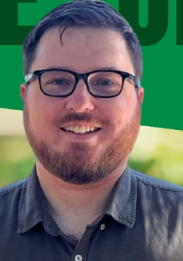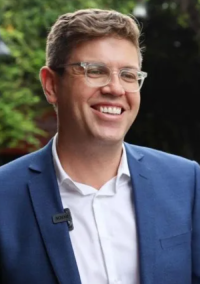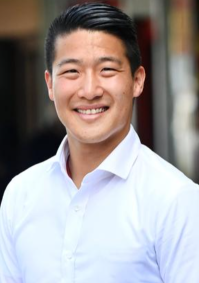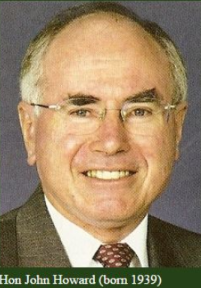|
|
|
|
| Adam Carr's Election Archive
|
Australian federal election, 2025
Division of Bennelong, New South Wales
Named for: Bennelong (died 1813), an Eora Indigenous man befriended by Governor Phillip
Northern Sydney: Eastwood, Gladesville, Hunters Hill, Lane Cove, Ryde
Enrolment at 2019 election: 108,815
Enrolment at 2022 election: 115,942 (+05.7)
1999 republic referendum: Yes 54.6
2018 same-sex marriage survey: No 50.2
2023 Voice referendum: No 51.4
2007 Labor majority over Liberal: 1.4%
2010 Liberal majority over Labor: 3.1%
2013 Liberal majority over Labor: 7.8%
2016 Liberal majority over Labor: 9.7%
2017 by-election Liberal majority over Labor: 4.9%
2019 Liberal majority over Labor: 6.9%
2022 Labor majority over Liberal: 1.0%
2025 notional Liberal majority over Labor: 0.1%
Status: Very marginal Liberal
2022 results
Statistics and history
Announced candidates:
 |
 |
 |
Adam Hart
Aust Greens |
Jerome Laxale
Aust Labor Party |
Scott Yung
Liberal Party |
John August (Fusion)
Division of Bennelong
Bennelong was created in 1949, occupying a block of affluent middle-class suburbia on Sydney's North Shore. It has the
unusual combination of high median family incomes and a high proportion of people born in non English
speaking countries: it now has the highest proportion of such people of any Coalition-held seat. Many of these migrants
are people from Asian countries, particularly China, who are in professional occupations. The 2016 census showed 21% of
 Bennelong residents claiming Chinese ancestry, the highest of any seat. (Not all of these will be citizens.)
Bennelong residents claiming Chinese ancestry, the highest of any seat. (Not all of these will be citizens.)
For its first 50 years Bennelong was a usually reliable seat for the Liberal Party, having only two members in that time:
Sir John Cramer from 1949 to 1974 and
John Howard from 1974 to 2007. Howard was Treasurer in the Fraser Government, Leader
of the Liberal Party from 1985 to 1989 and again from 1995 to 2007, and Prime Minister from 1996 to 2007.
From the 1970s, however, successive redistributions shifted Bennelong westwards, losing prime Liberal territory in
Lane Cove and Hunters Hill and gaining marginal or Labor-voting areas further west. Demographic change also made suburbs
like Ryde and Gladesville less reliably Liberal. Bennelong was unusual among upper-income urban seats in voting No in the 2018 same-sex marriage survey. This was attributed to the social conservatism of Chinese and other Asian voters.
The defeat of Howard's government in 2007, plus the changes in Bennelong, caused Howard's shock defeat in his own seat at
the 2007 election: he was the first Prime Mimister since 1929 to lose his seat. Labor's
Maxine McKew held the seat for
only one term, before it returned the Liberals in 2010.
John Alexander, Liberal MP for Bennelong 2010-22, was a professional tennis player and sports commentator before
entering politics. Although he was something of a Liberal hero for regaining Bennelong, he was not promoted. In November 2021 he
announced that he would not stand again. Without his personal vote, the seat fell to Labor at the 2022 election.
Jerome Laxale, Labor MP for Bennelong since 2022, is of Mauritian descent and worked in his family's business before being elected to Ryde Council in 2012.
He was Mayor of Ryde 2015-16 and 2017-21. He was also a director at the worker's compensation insurer Statecover Mutual Limited.
The 2024 redistribution, which has abolished the neighboring seat of North Sydney, has substantially changed Bennelong, moving it
back to the east to incorporate a large area around Lane Cove, Hunters Hill and Greenwich. Bennelong loses Epping and
Ermington at its western end. These changes have wiped out the Labor majority and made the seat (very narrowly) notionally
Liberal. But since North Sydney was won in 2022 by a "Teal" independent, it is not clear whether the eastern part of the redrawn Bennelong will return to its traditional Liberal loyalty in 2025. This will be one of the more interesting contests of the 2025 election. The Liberal candidate is Scott Yung,
a businessman and banker.
Back to main page
| |